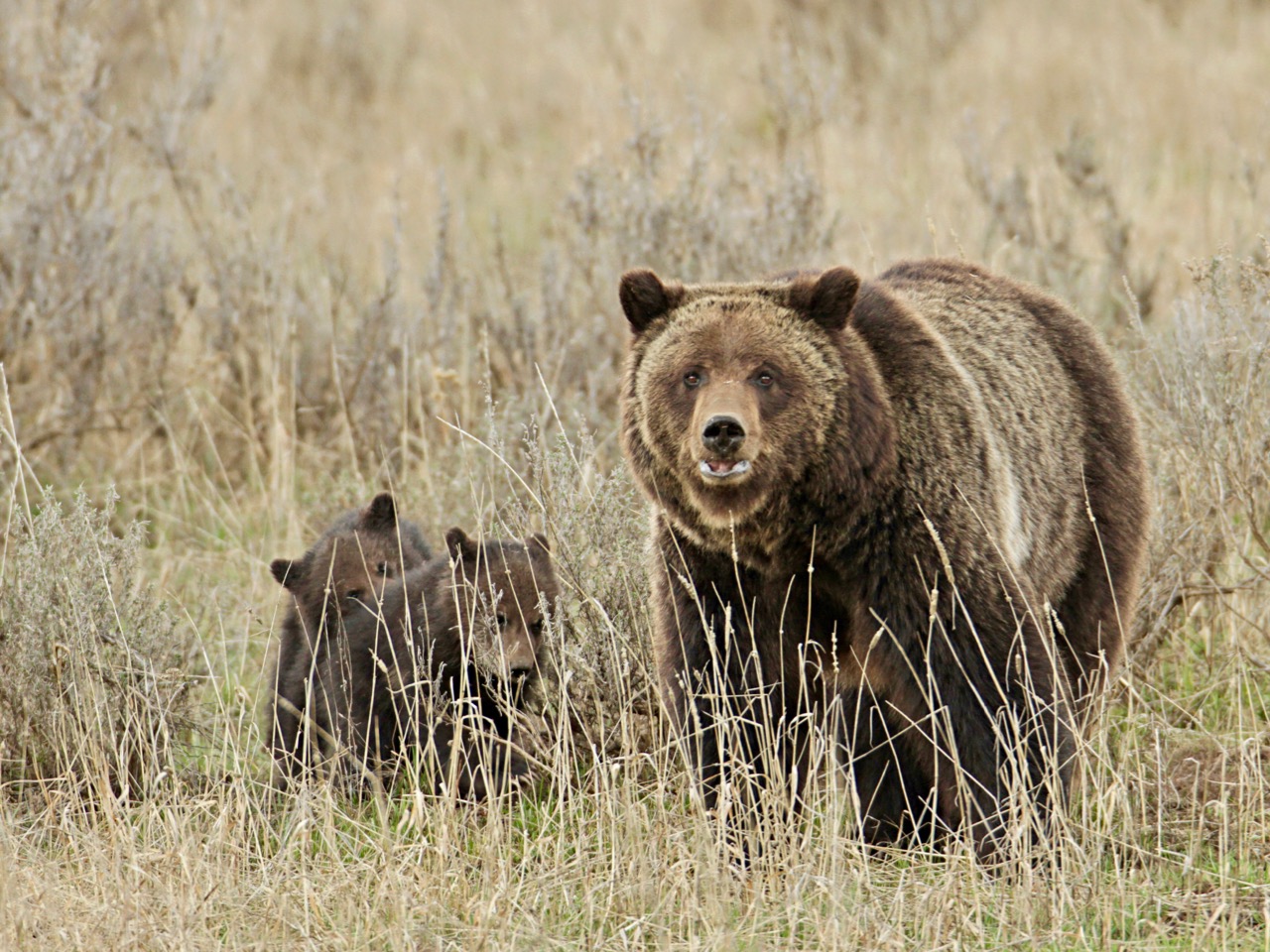Native Sun News Today Columnist
nativesunnews.today Having just recently returned from a two month sojourn in a wilderness camp as a cook, the subject of bears – both black and grizzly - are on my mind. The location was called “Cottonwood Camp”, not far from Jackson Hole, Wyoming, and on the perimeter of Yellowstone Park, in the Bridger Teton National Forest – the heart of grizzly and black bear country in America, because they are protected and the numbers have significantly increased. For example, a scheduled hunt by the State of Wyoming for a few of them based upon a thriving population was recently canceled by a Federal Judge who, under the influence of out-of-state environmentalists decided they must still be protected. It was a four hour horseback ride to reach that little wall tent operation and in that location, nobody else comes around. In addition to the packer, camp jack and cook (me) approximately 13 mules carted about a ton of food and supplies into the camp. Aha! An aromatic restaurant was the potentially noticeable to bears. I have cooked at wilderness hunting camps off and on since 1997, in Montana, Wyoming and Alaska, thus gaining a little perspective from unwelcome “up close and personal” experience about bears. Bears have a very keen sense of smell. Depending on which bear expert you talk to, it can be from 5-15 miles, depending upon the wind. Plus, in the fall, they are hungry, seeking food to prepare for hibernation. Thus, the aroma of bacon, roast beef or fried chicken, all staples in hunting camp, attract their attention. To say nothing of the hides skinned for mounts, eyeballs, muscle tissue etc. thrown into the nightly bonfire by hunters and guides. Those type of guys like to sit around at night, telling of harrowing bear attacks they have personally experienced, and very comforting detail to the cook who normally stays in camp alone while the guides and hunters seek elk from the pre-dawn hours to dark. Bears, even a yearling cub, are larger than people (especially this scrawny 5'4”, 116 pound hunting camp cook) and they are equipped with rather large teeth and long sharp claws. Bears are also quick, able to outrun a horse for a short term. They are also smart, having learned that a gunshot means a gut-pile from a “harvested” elk, deer or moose is somewhere close. That often brings them on the run. I think that many have also learned that they are “protected”, reducing a natural fear and desire to avoid people. During my cooking tour in seven national forests and wilderness areas, I learned about bear protection techniques for a wild camp. A couple of good dogs, especially an Aussie, Blue Heeler or Border collie are very helpful, especially at night, when bears prowl the most. They can alert you to the presence of bears and the best ones will “work and worry” the bears out of camp. A big gun, preferably a 12 gauge shotgun loaded with alternating rounds of buckshot and leaded bear shot, is also necessary. After encountering a large griz who invaded my cook tent and thus got dispatched in a Teton Wilderness camp some years ago, I learned how to operate a 12 gauge, which also will nearly knock you on your-you-know-what. But the sheer big boom frightens the bears off, if you are quick with your wits and reflexes. That is why you sleep with a gun, not a boyfriend. Many wilderness advocates believe in pepper spray, which in theory can be effective when used within 15-20 feet of the predator. However, be sure about the wind direction. Otherwise, you could accidentally knock yourself out, finding out in a painful way that bears are partial to “pepper-seasoned” meat. It is also good to have horses or mules around, as they get quite excited and noisy when bears or wolves come into camp. Finally, fire and lanterns are good as bears do not seem to like either source of light, but that lets them see what they want to eat. Some outfitters have recently started using solar-powered electric fences to protect the cook tent and food supply, as many bears have come to associate people with food. Thus, when we, the crew, arrived at the Cottonwood camp earlier this summer to prepare for the hunters, I was dismayed to learn that none of these self-protection devices had been provided. The packer and camp jack thoughtfully unloaded the mules and carted the grub into the cook tent; brought two five gallon buckets of water from the crick, about a quarter mile away; profusely apologized about forgetting the solar battery for the electric fence and said “Don't worry, you have lots of wood.” Of course, there was lots of wood. It was all standing up in the form of dead beetle-killed pine trees. With that, they gathered up all the mules, horses, dogs and guns, saying “See you in a few days.”
NATIVE SUN NEWS TODAY
Support Native media!
Read the rest of the story on Native Sun News Today: After Reflections about grizzly and black bears
Join the Conversation


